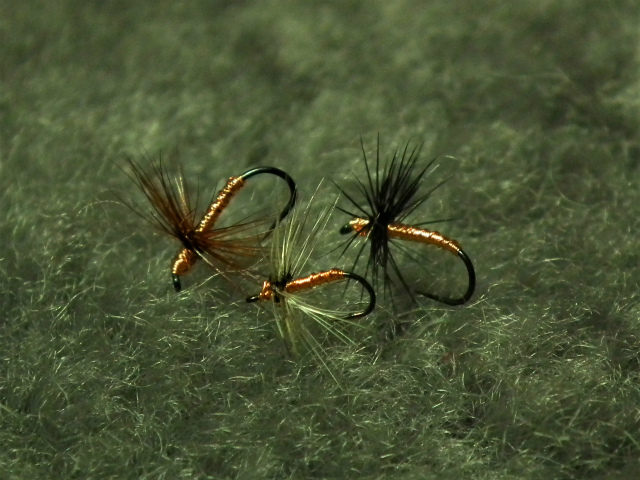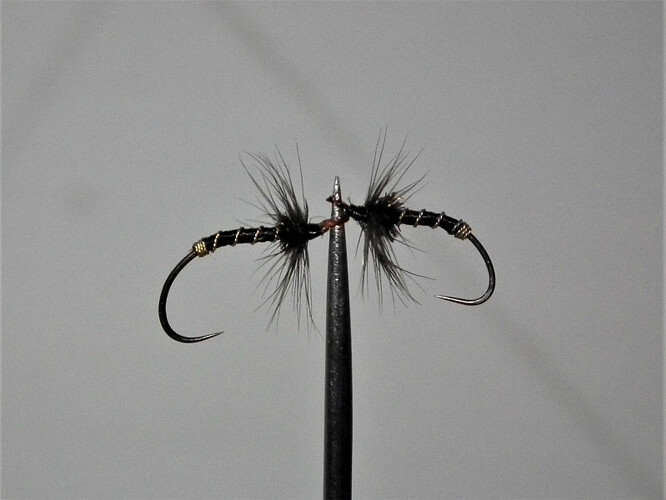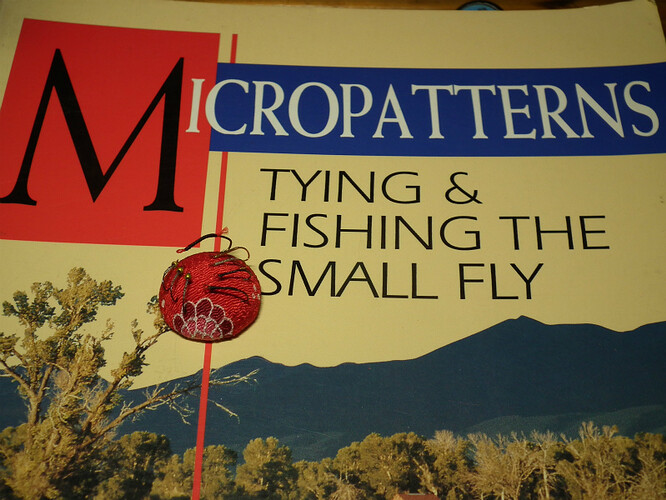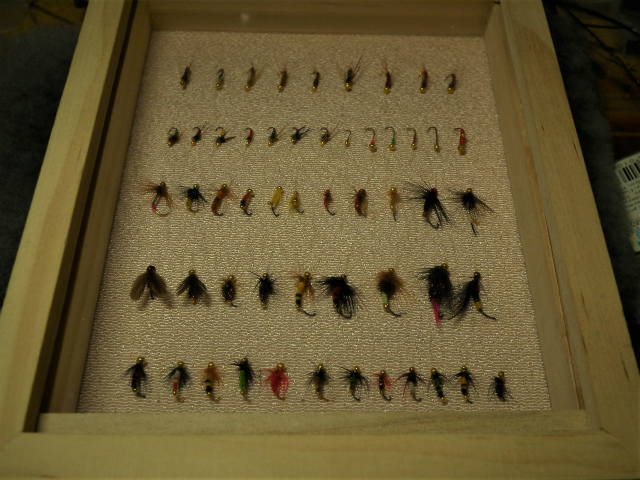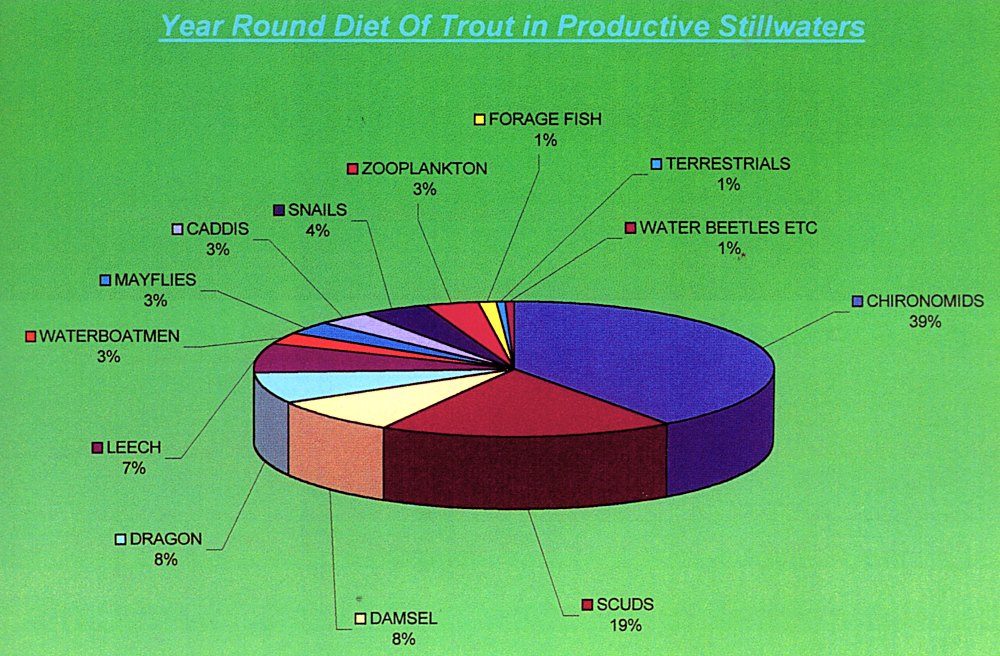What is a Chironomid and why would a Tenkara angler fish for them? Well, actually, we do not fish for chironomids but use chironomid fly patterns to catch fish with in stillwaters. And there is the rub, Tenkara angling is usually thought of as being a running water angling activity, pretty much exclusively. And in running waters, the same types of aquatic insects are called Midges, which as the name implies are quite small, generally being tied on hook sizes starting with 18s and going on down through size 32s.
But Chironomids, on the other hand, range from robust to humongous, with some lake anglers going to size 8s and 6s to make sure their fly patterns stand out in a crowd of chironomids to get noticed by the fish. And for fishing lakes and ponds, and possibly sloughs as well, Chironomids are the #1 candidate for trout to eat through out the whole angling season. The chironomid/midge life cycle starts with the egg, then the larva, pupa, and then on to the breeding adult, which produces more eggs to begin the cycle all over again. But by far the most important angling stage is the Pupa, which is the only stage I imitate and fish. I call them Midge Pupa, because midge pupa is a lot easier to say and spell than Chironomid Pupa.
Rather than going on and on about midge pupa patterns and chironomid fishing, here is a link to pictures of same with good videos as well, with all the information presented in a far better and more interesting way than I can do: Fly Fishing Chironomids Larva Pupa - Methods & Entomology
